Here is my third photo and essay for the photo project I recently began working on…
From Dust to Dust
I spend a lot of time hiking in the woods at a scientific and natural area near where I live. In this remnant of the big woods that once covered a large swath of Minnesota, tall sugar maples, oaks, and basswood trees live. When a tree falls in these woods the DNR leaves the tree where it fell unless it is blocking a hiking path. If necessary they clear the path but leave the rest of the fallen tree where it fell. Naturalists seek to study the way that the plant life here grows and changes over time. So they do as little to interfere with nature as possible.
I love to hike here under the high canopy of trees in these woods. It is one of my favorite places in the world. When I see a newly fallen tree here I almost always pause and acknowledge the part it played in these woods for so long. I feel a little sad at its death. At the same time I understand that the fallen tree will feed new life soon. Birds and small creatures may shelter in its debris. Over time fungi and other creatures feed on the fallen tree. And eventually it will crumble into dust to nourish new plants and trees in the forest.
Nothing is Lost
The decay of a fallen tree can take many years. I have a favorite downed tree in these woods that I return to time after time, year after year. Sometimes I sit on the downed trunk and gaze at the woods all around me. And sometimes I lie down on the wide tree trunk and gaze up at the sky through the leaves of the surrounding tall trees.
When I first saw the crumbling trunk of a once tall tree next to the path, I paused and saw beauty in its process of decay. And I wondered what new life it would nourish. This cycle of life/death/life brings me comfort as I contemplate my aging body and I imagine a world where I no longer exist in this body I’m currently wearing. I think to myself, “Wouldn’t it be nice if my body could feed a tree when I die?” I can think of no better place to be than among the trees that I have loved so deeply my entire life.
To live in this world,
you must be able to do three things:
to love what is mortal;
to hold it against your bones knowing
your own life depends on it;
and, when the time comes to let it go,
to let it go.— Mary Oliver
Spending time in wild areas seeing the cycles of the seasons on a yearly basis and also on an even larger scale of decades can teach us much about life and death. There is a deep vitality in the natural world.
Watching how the land changes after a fire or other natural disaster can teach about how life grows and thrives. The first plants to grow after a fire or disaster are annual plants. They come in and cover the ground as quickly as they can. By doing this they keep the nutrients in the soil and cover the soil so that it doesn’t blow away. Their roots start to soften up the soil so that shrubs and berries can begin growing. Once shrubs and berries appear they can shade tree seedlings that will eventually become tall trees. So it is a progression of making things change a little at a time.
Even though these woods seem to have existed here forever, the ecology of this land was once much different. Someday it will change again.
Learning from Nature
There is much that we can learn from nature. Our modern way of living does not fit with what we learn from nature. Capitalism, colonization, racism, hatred, and war ignore the natural way life emerges and cycles. Though we like to believe that competition is the way of the natural world, there is actually much more cooperation and coexistence.
Much of the plant world is a kind of mutual aid society. Trees often share nutrients with other trees through a system of underground roots connected by fungi. I recently saw a photograph of a bark covered living tree trunk. After the tree was cut down a nearby tree was able to send the remaining tree stump enough nutrients through its roots for it to grow bark over the top of the cut trunk. It continues to live without leaves or branches thanks to the nearby tree that continues to nourish it.
Even our own human bodies are thought to contain more viruses, fungi, and bacteria than we have cells. We might think of ourselves as an ecosystem containing multitudes.
Around me the trees stir in their leaves
and call out, ‘Stay awhile.’
The light flows from their branches.
And they call again, ‘It’s simple,’ they say,
‘and you too have come
into the world to do this, to go easy, to be filled
with light, and to shine.’— Mary Oliver
The way that nature recycles everything constantly to create new life astonishes me and fills me with wonder. Life, itself, feels like an inexplicable miracle. I try to imagine that tiny spark that ignites life in my body and wonder both where it comes from and how it can so quickly be extinguished. Like the rabbit in our backyard that recently became a meal for a hawk, I hope to also feed new life when I die. I often wonder what it will be like when my spirit sheds this mortal body and my soul flies off into its next adventure.
maybe death isn’t darkness, after all,
but so much light wrapping itself around us.— Mary Oliver
May you walk in beauty.
Note: The photos below are from a walk in Wolsfeld Woods yesterday morning. I paid particular attention to the many fallen trees in the woods as I walked.

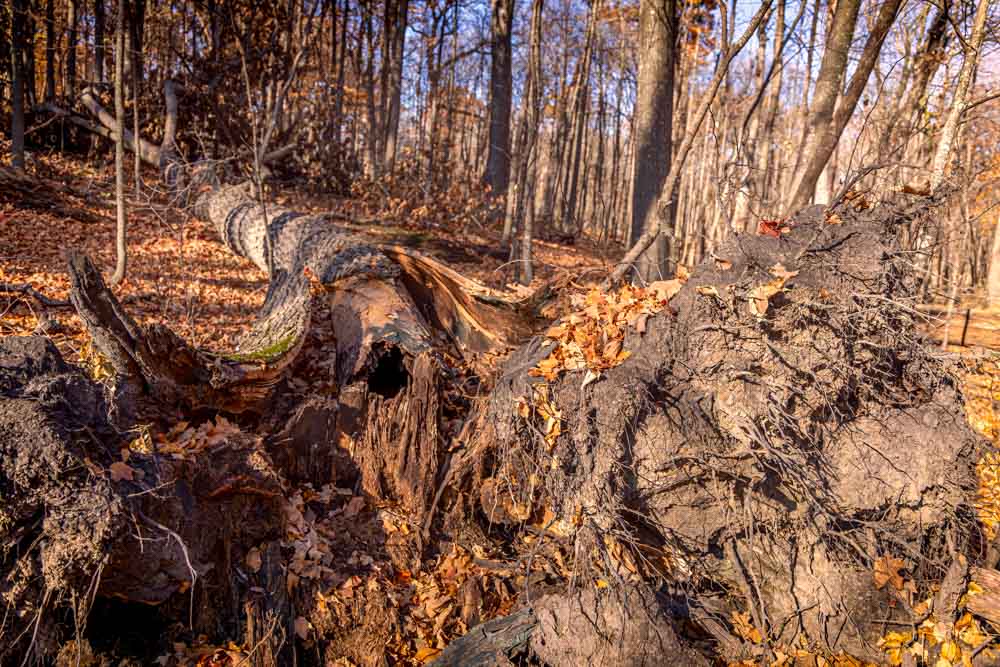
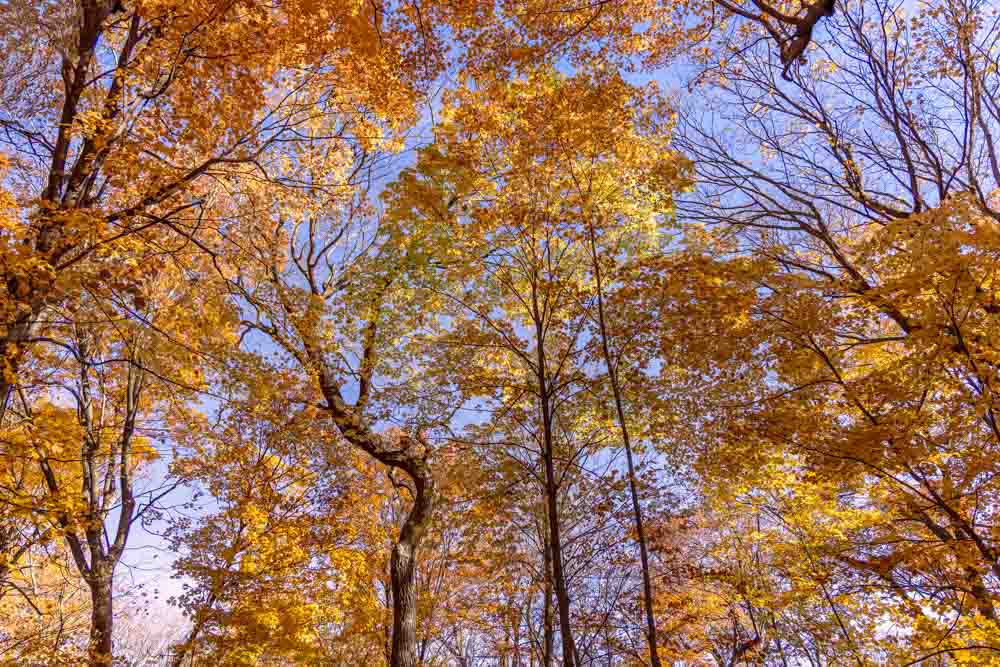
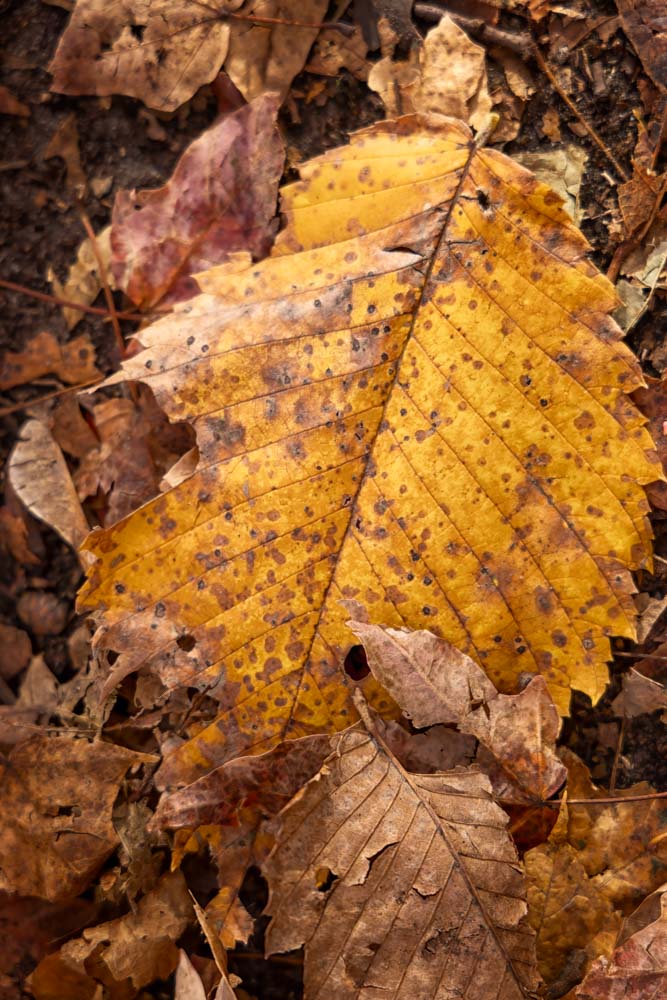
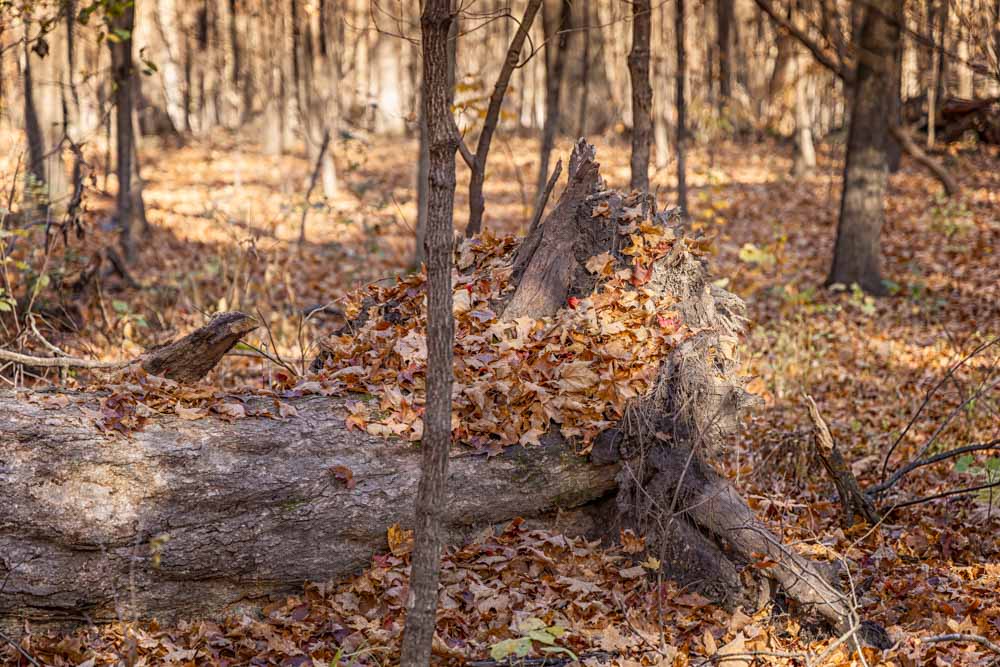
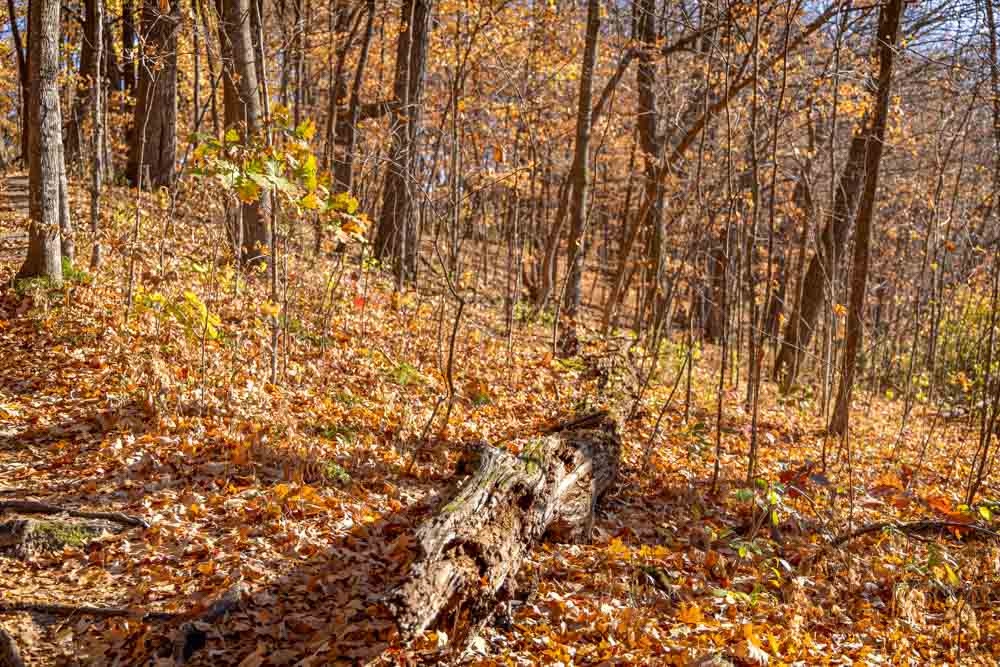
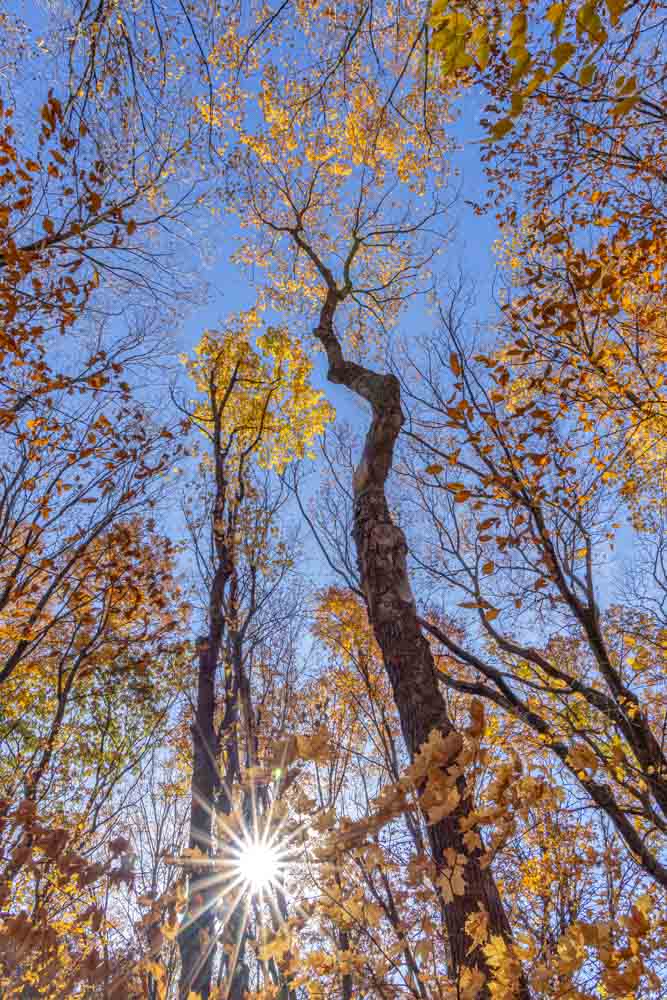
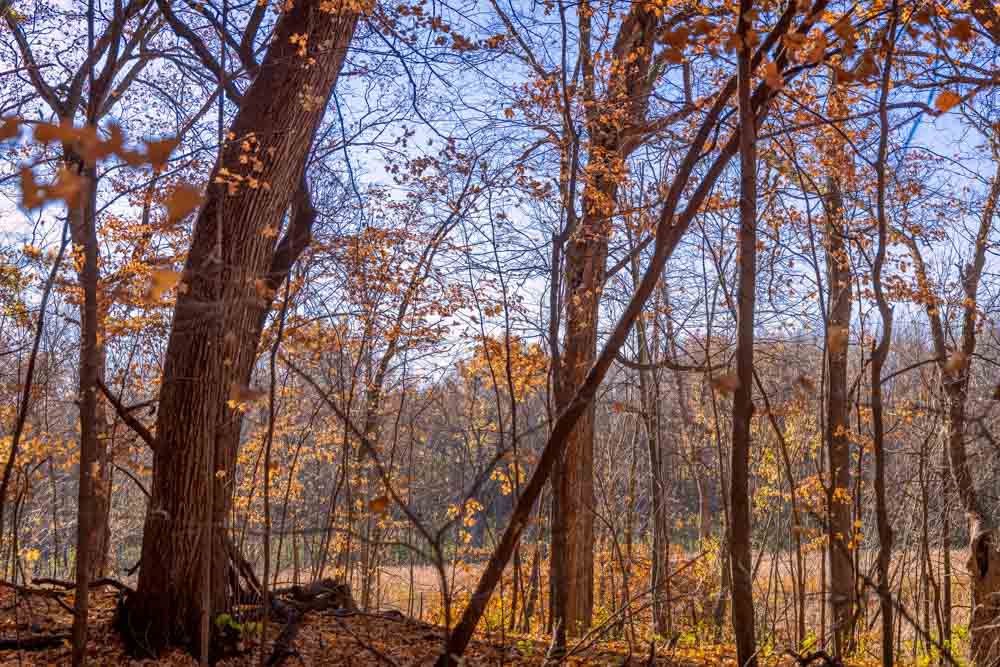
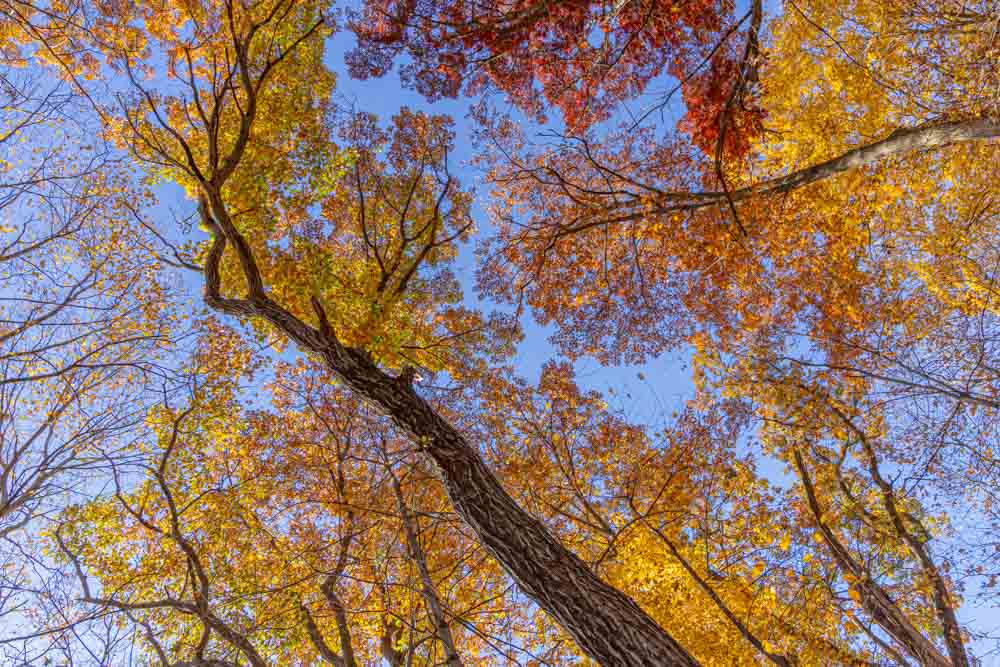

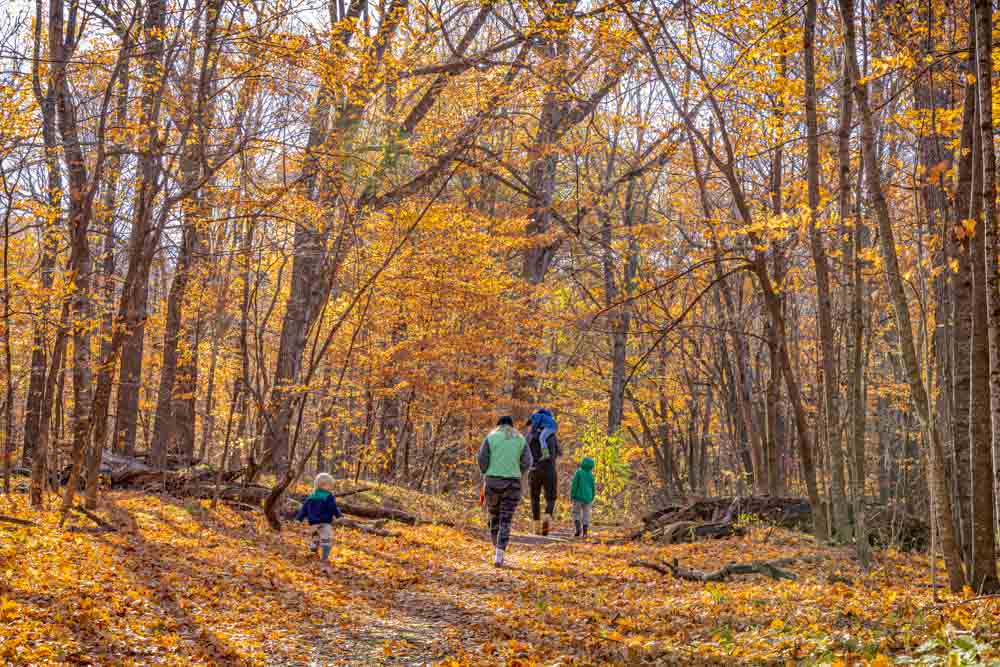
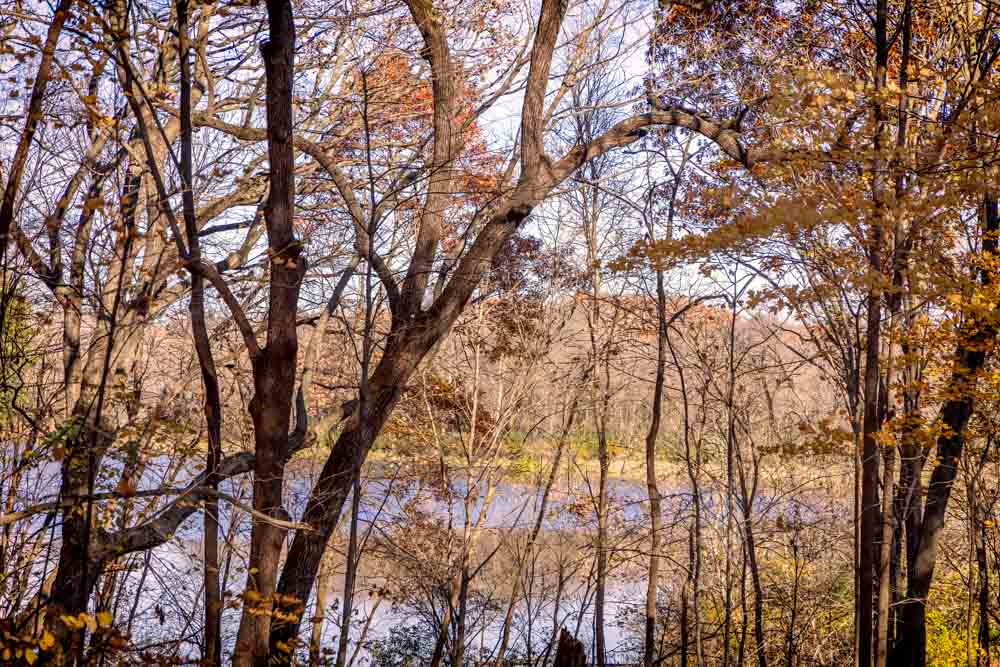
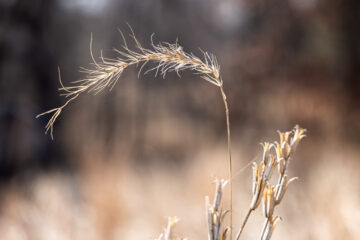
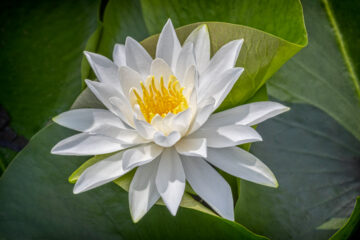

0 Comments